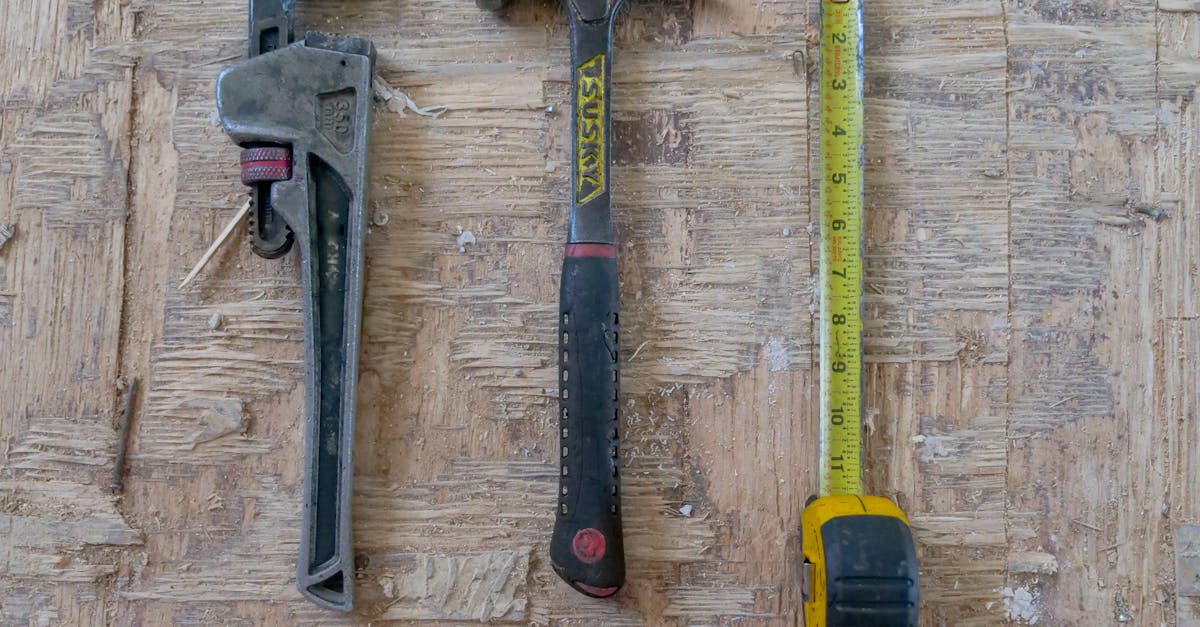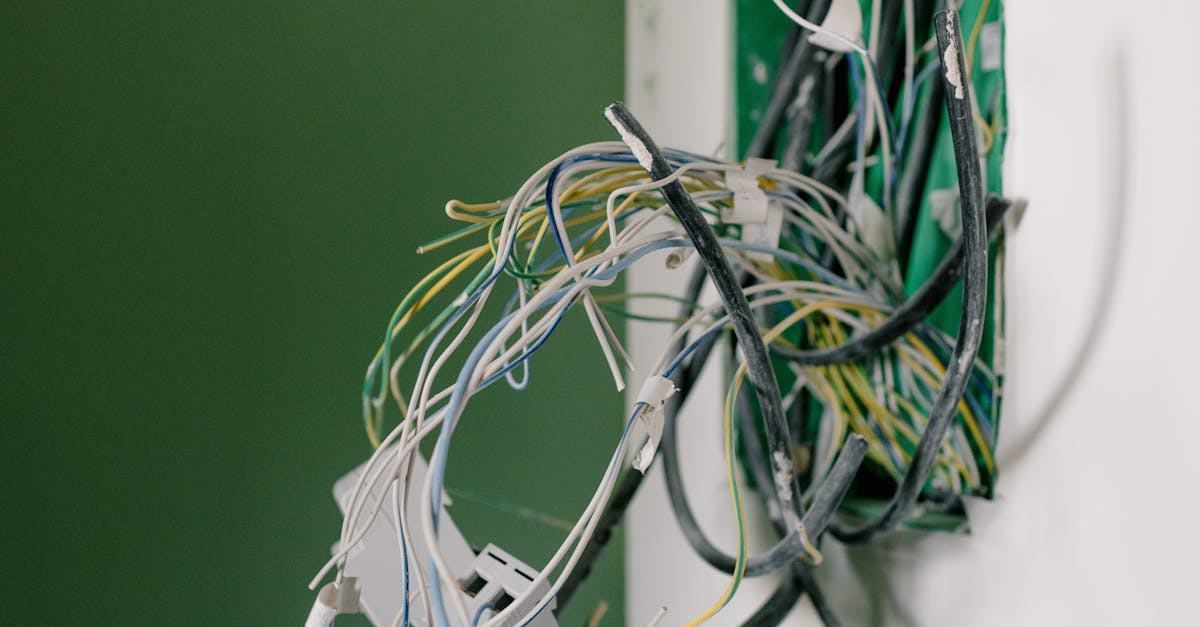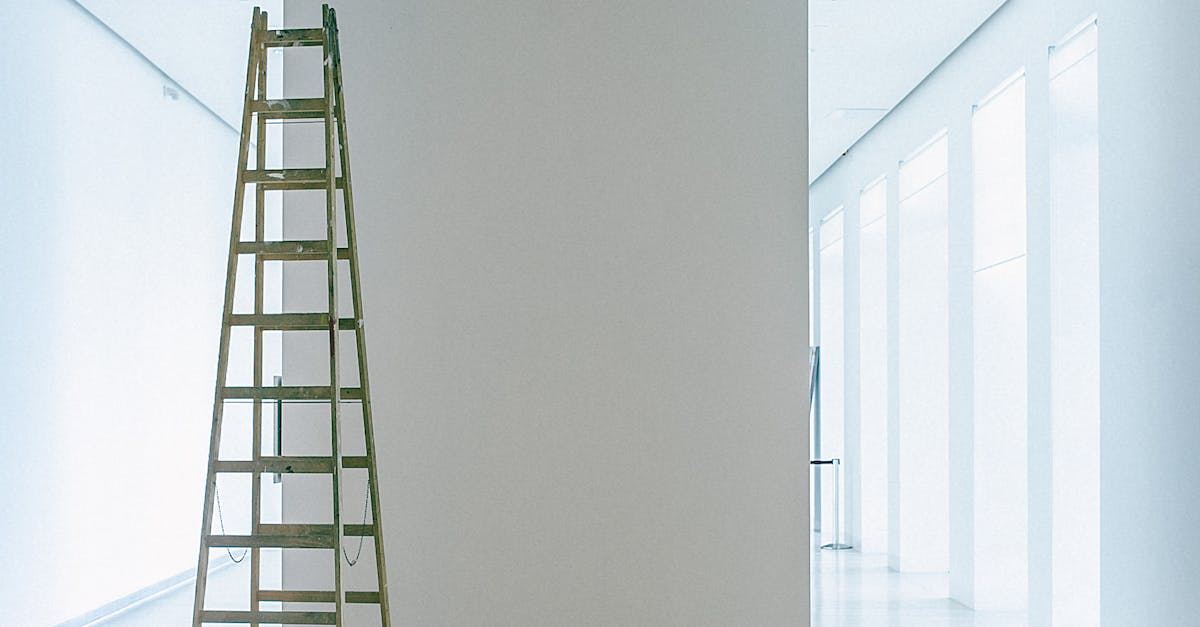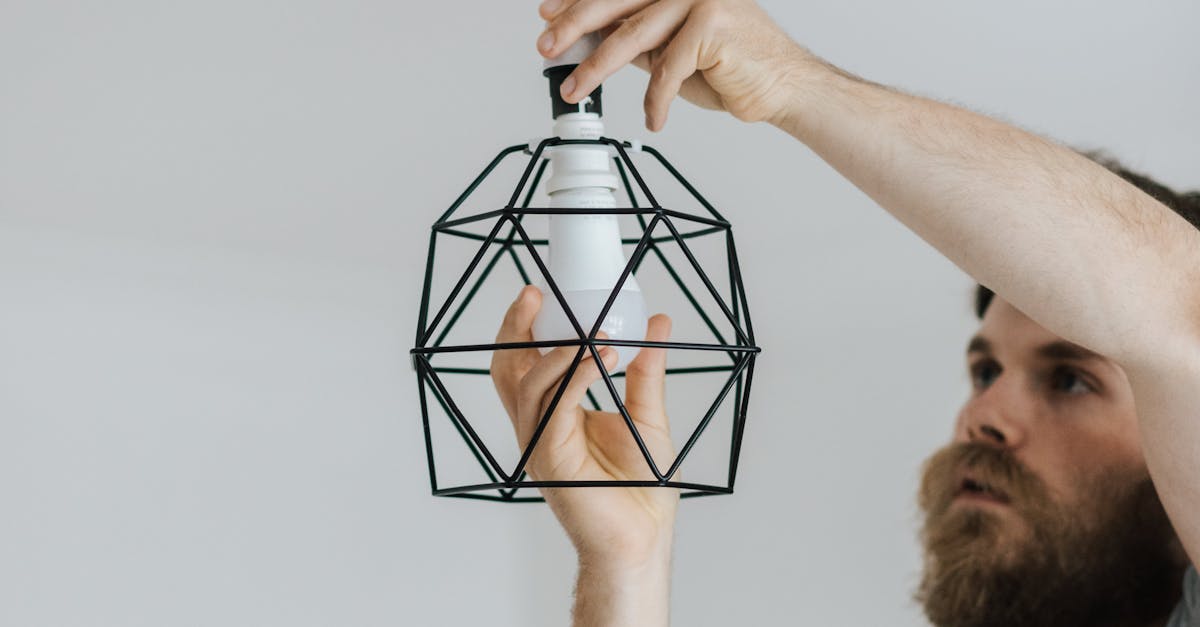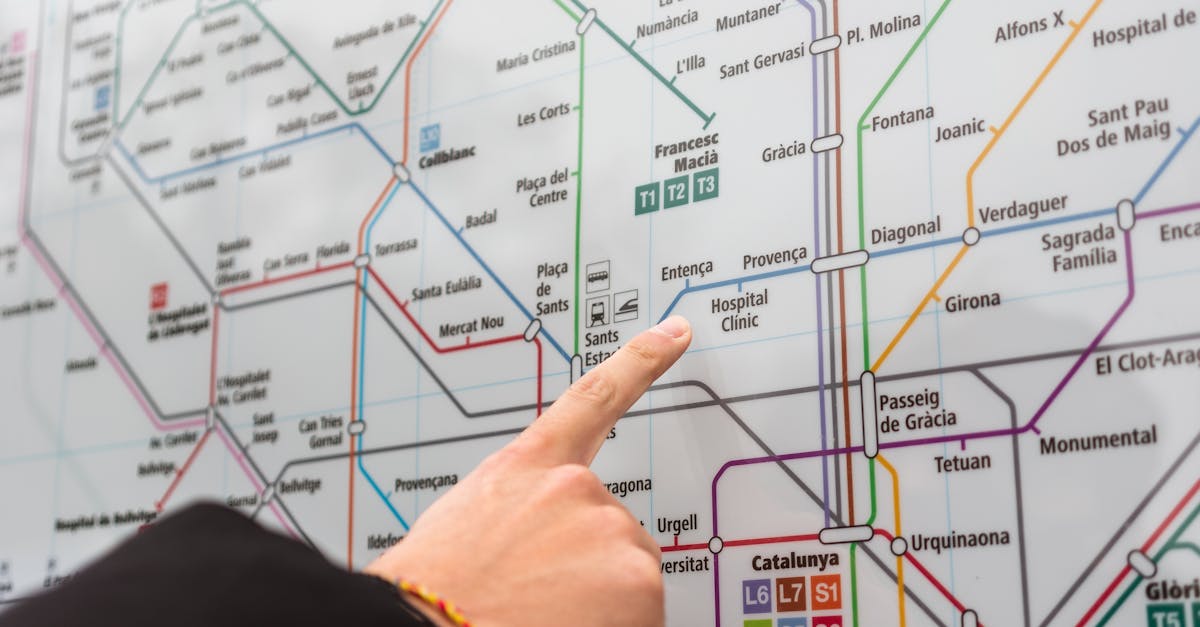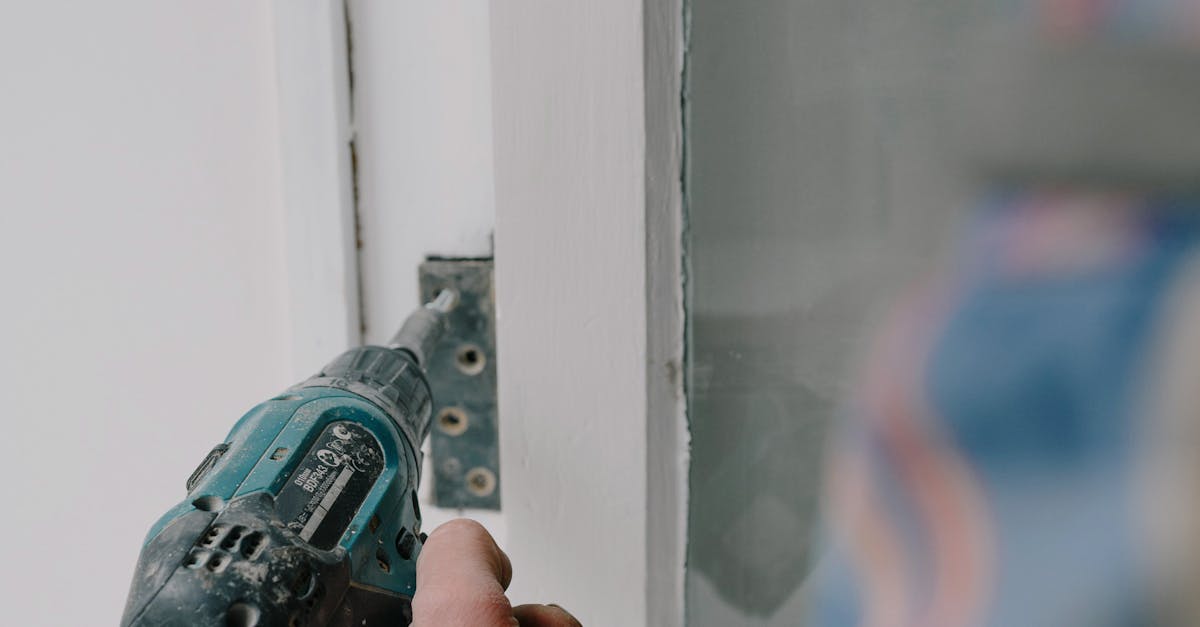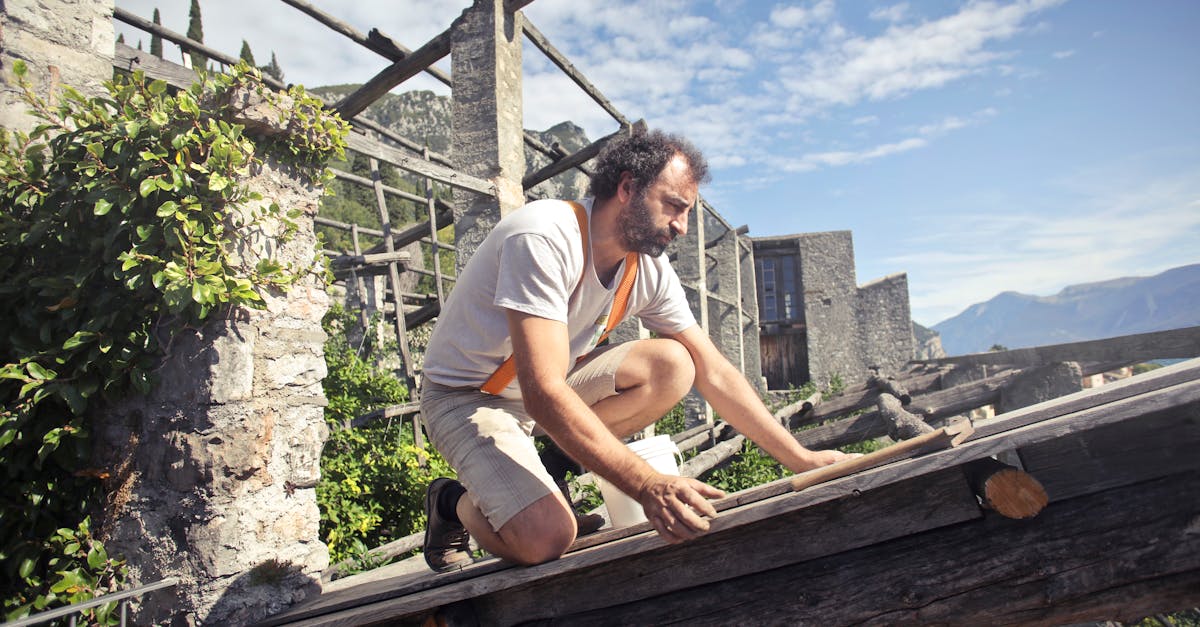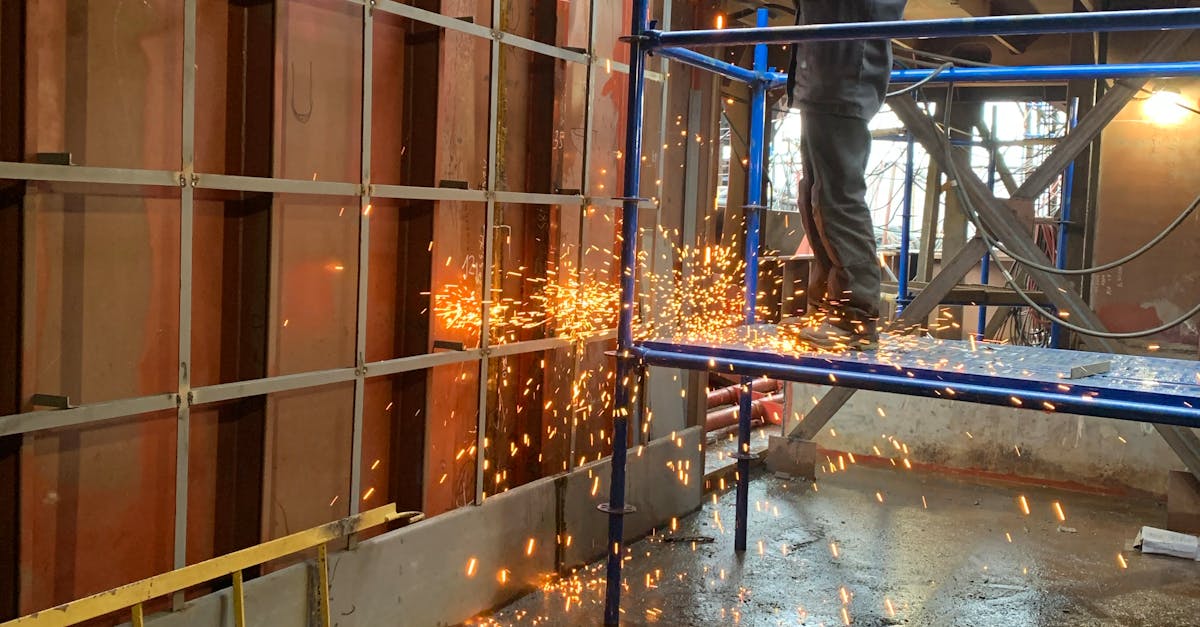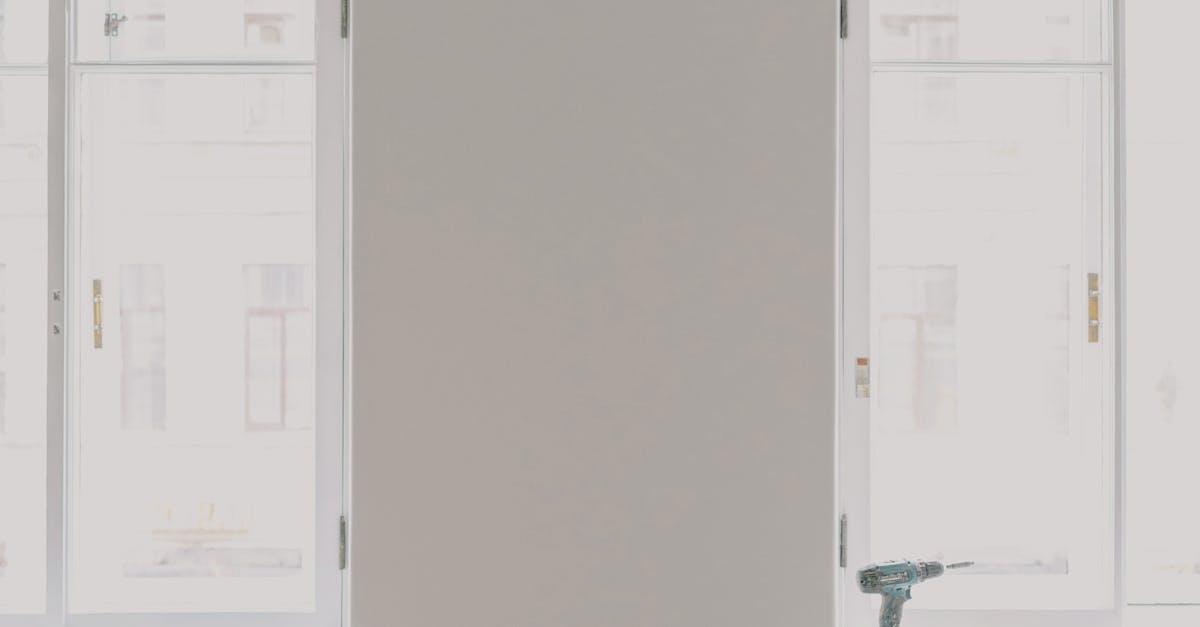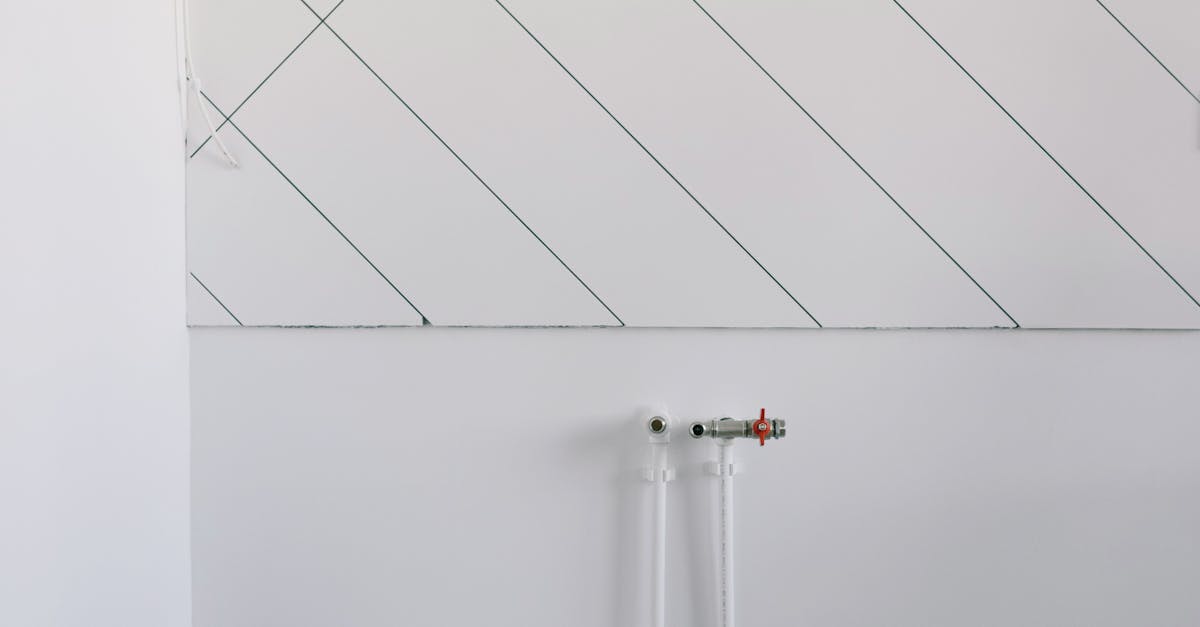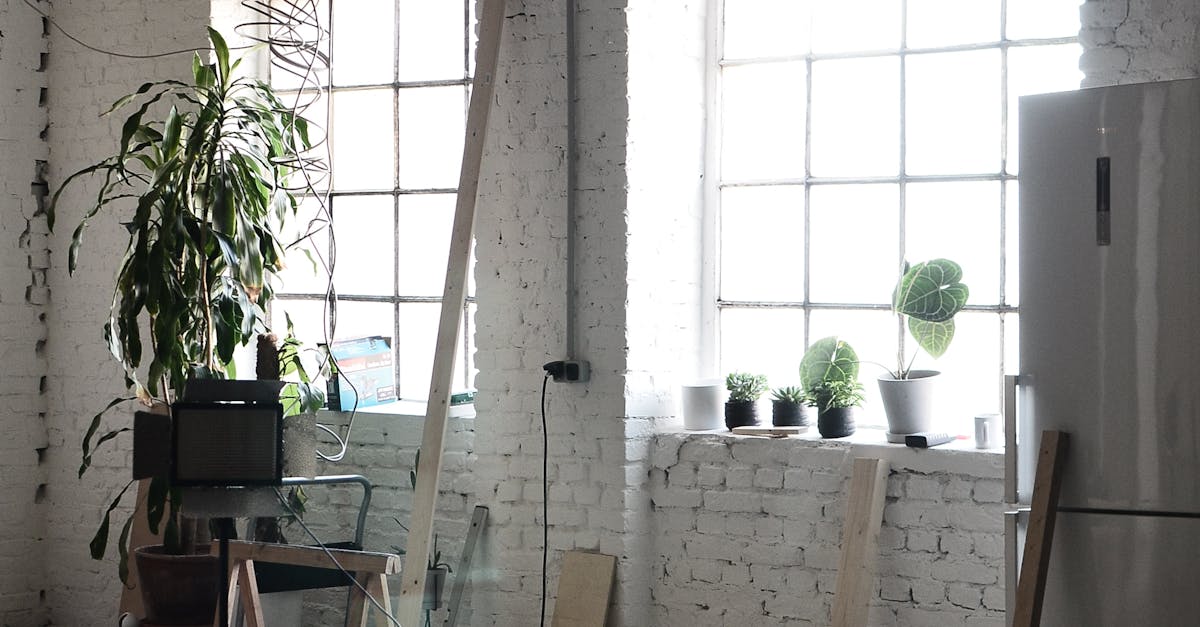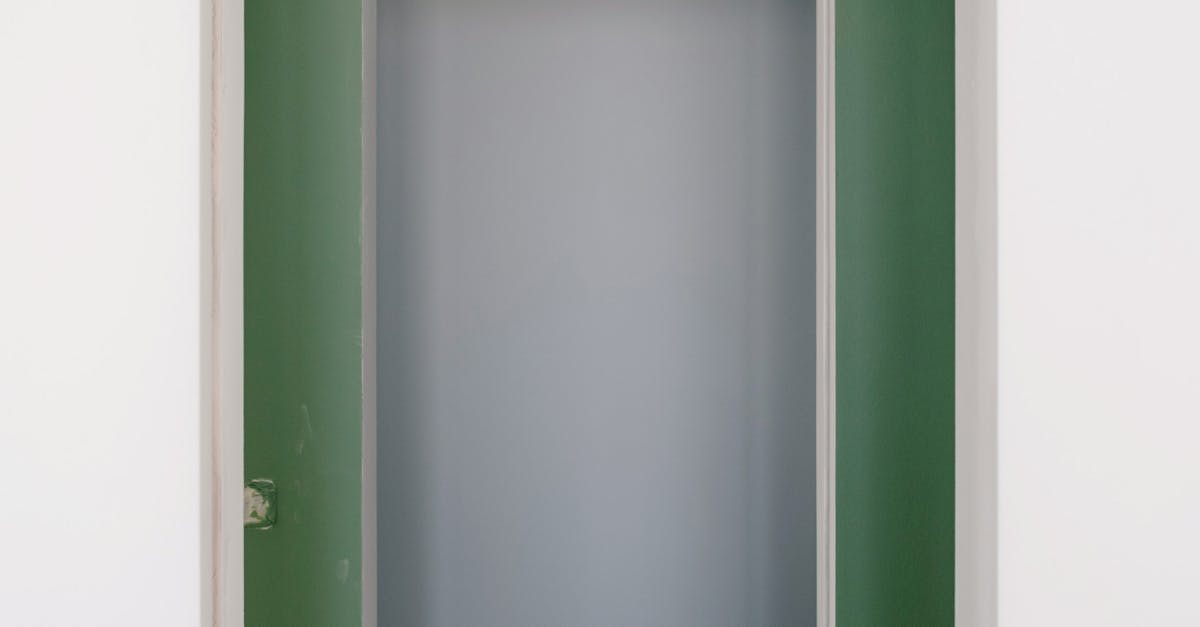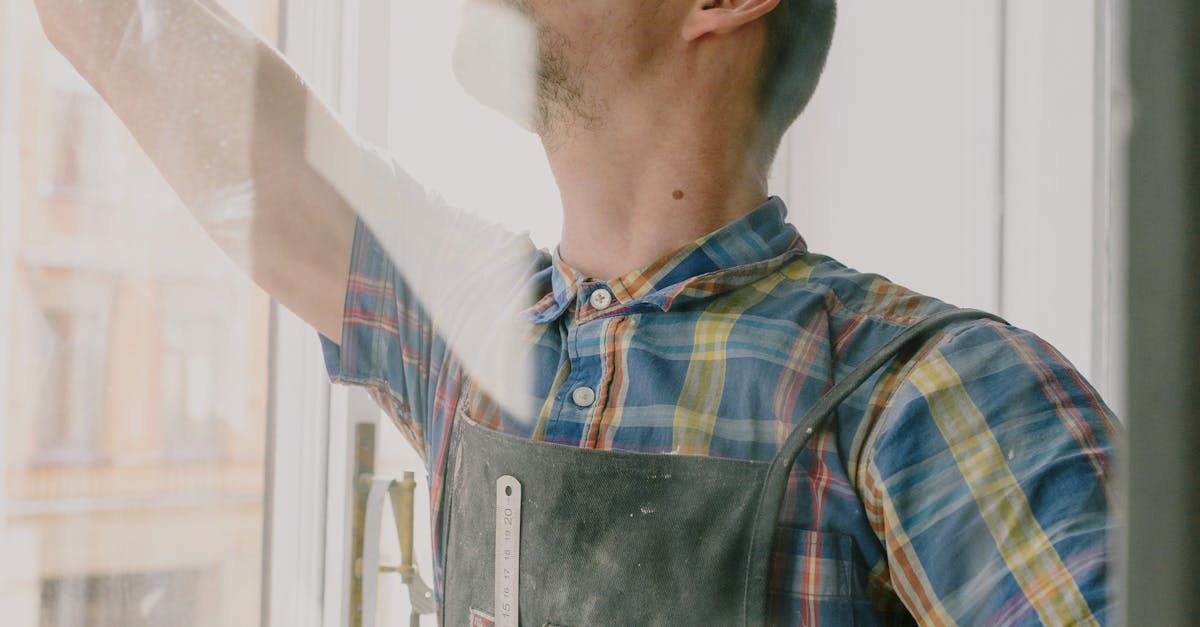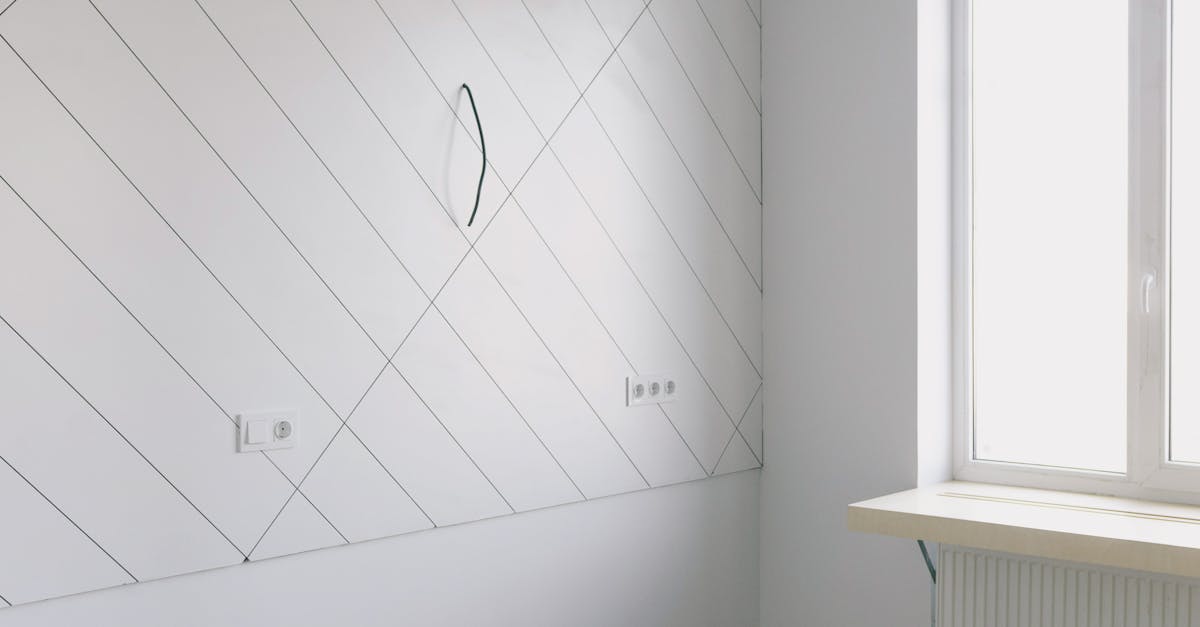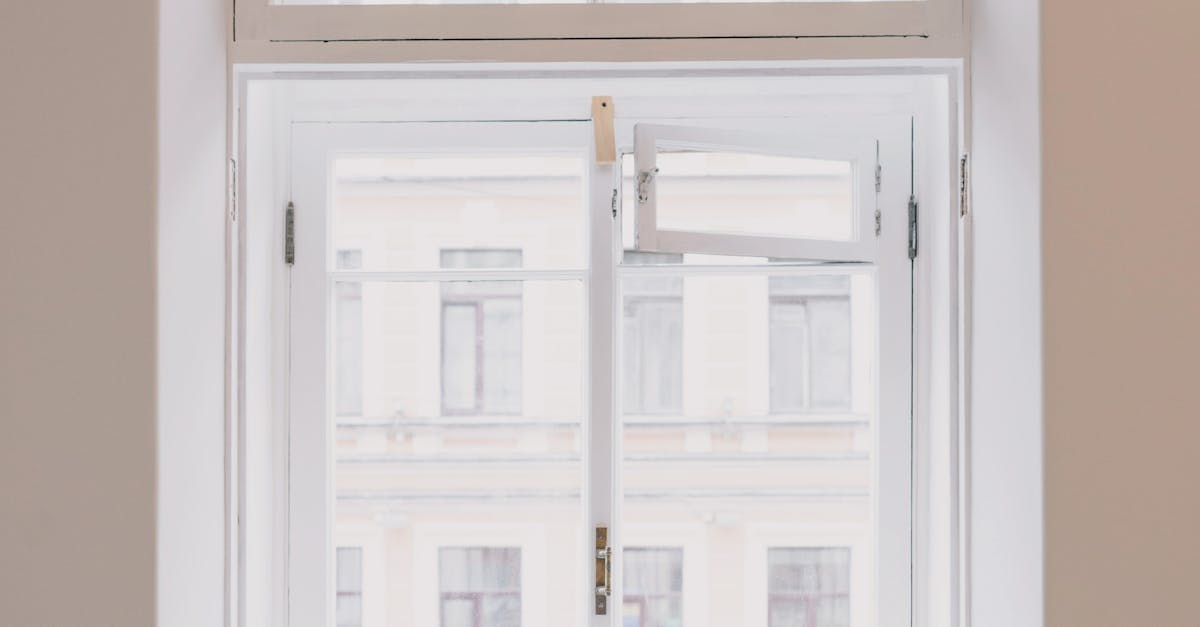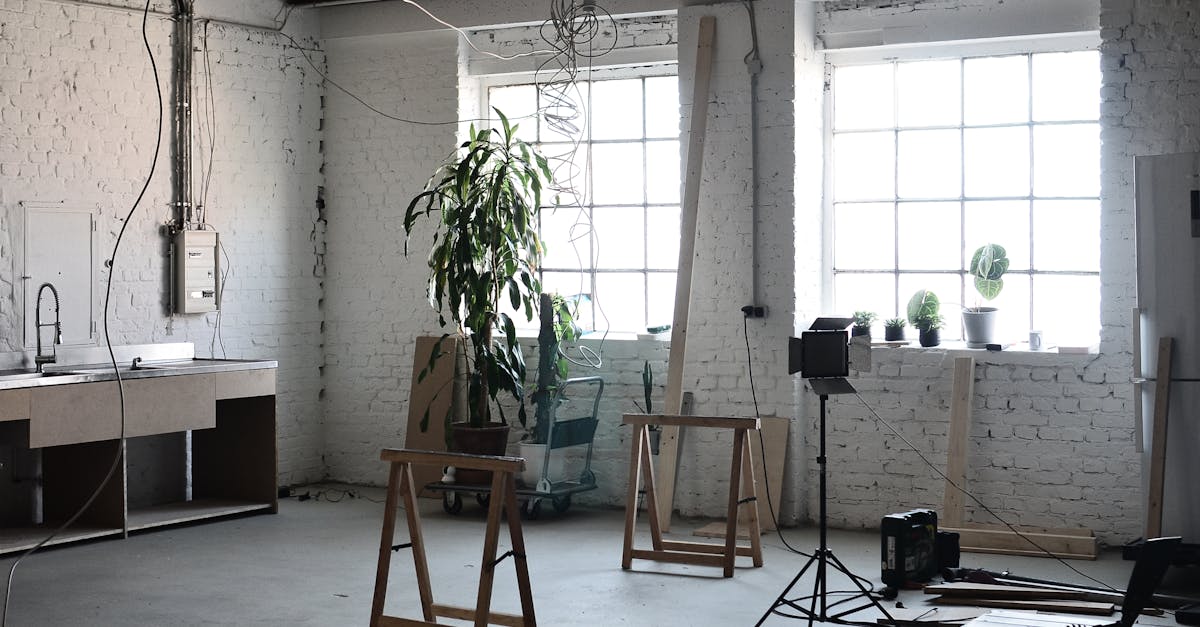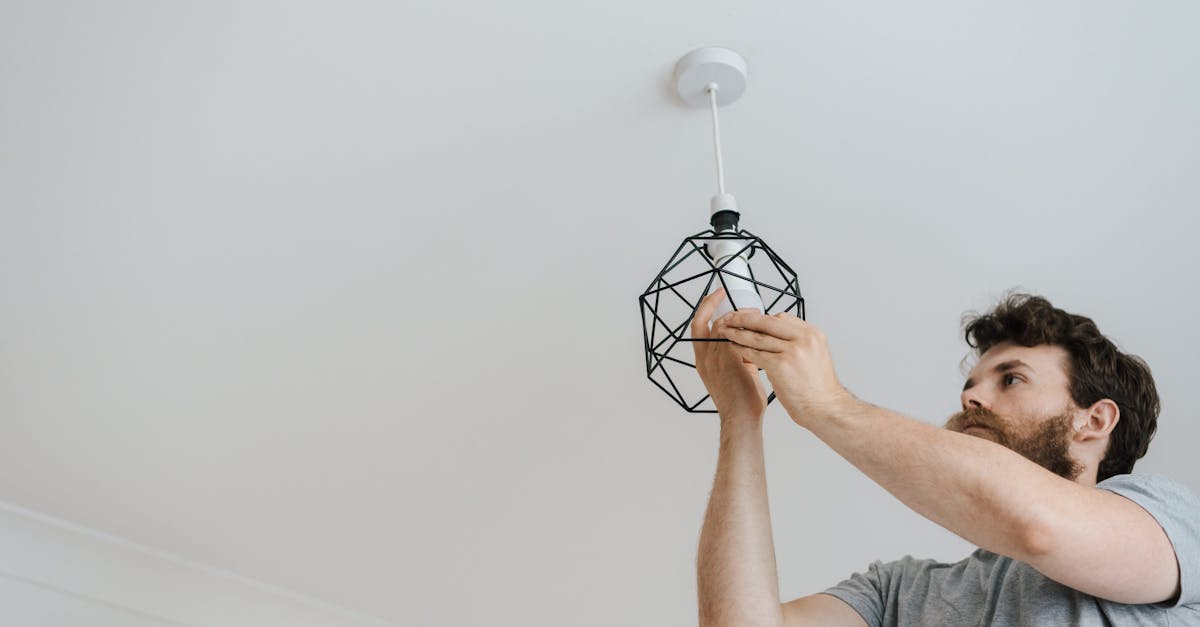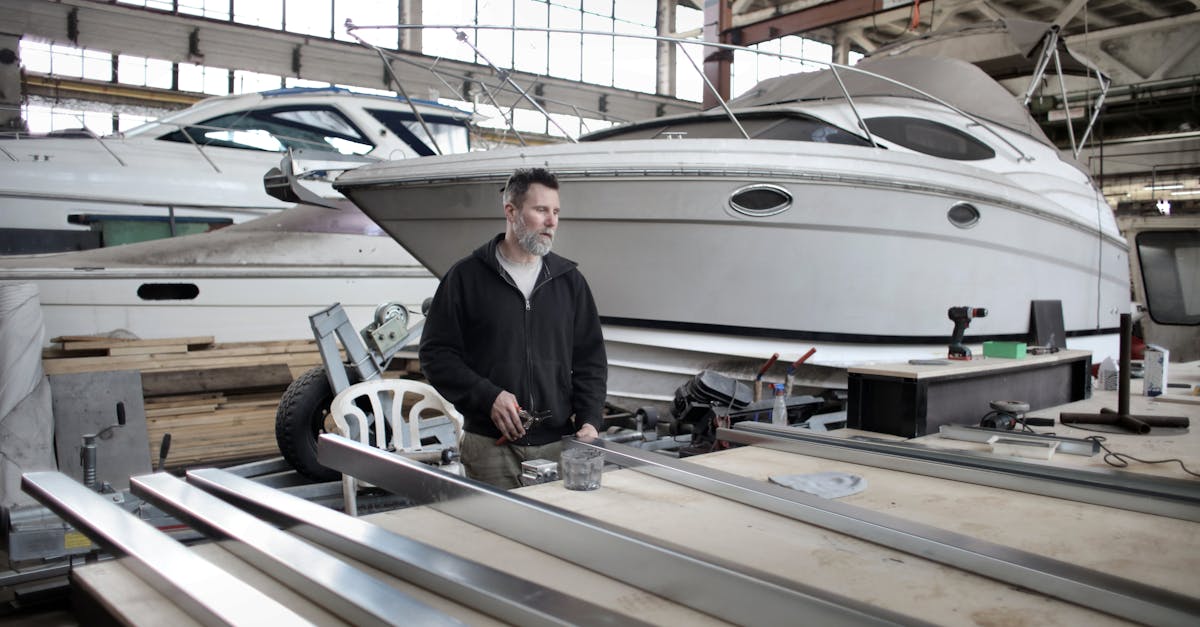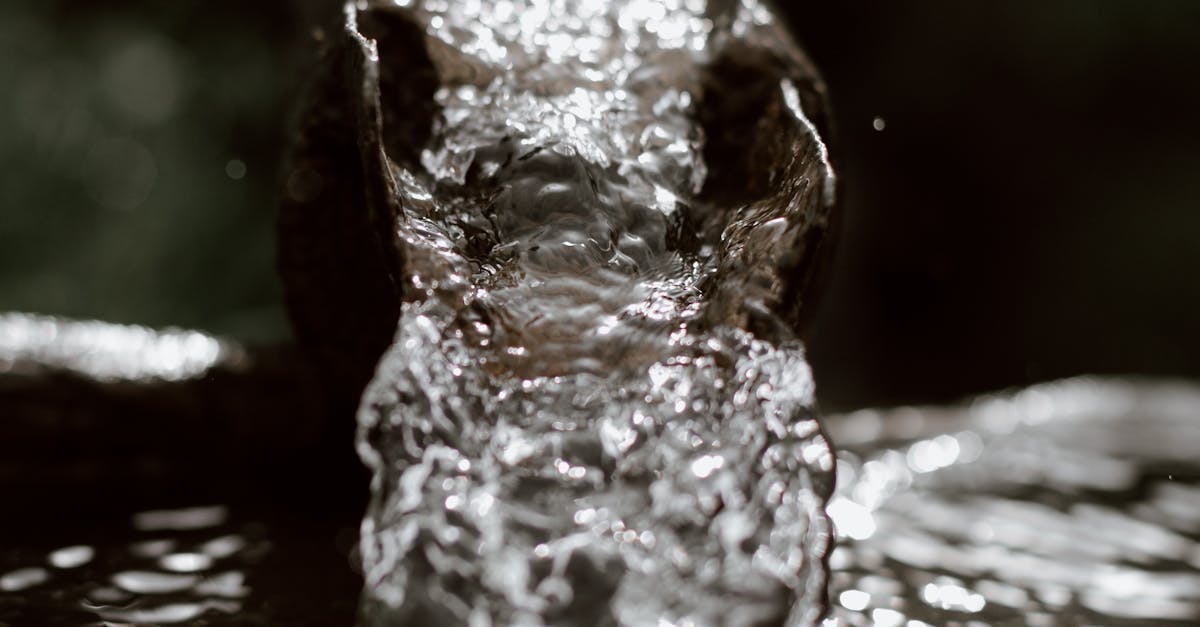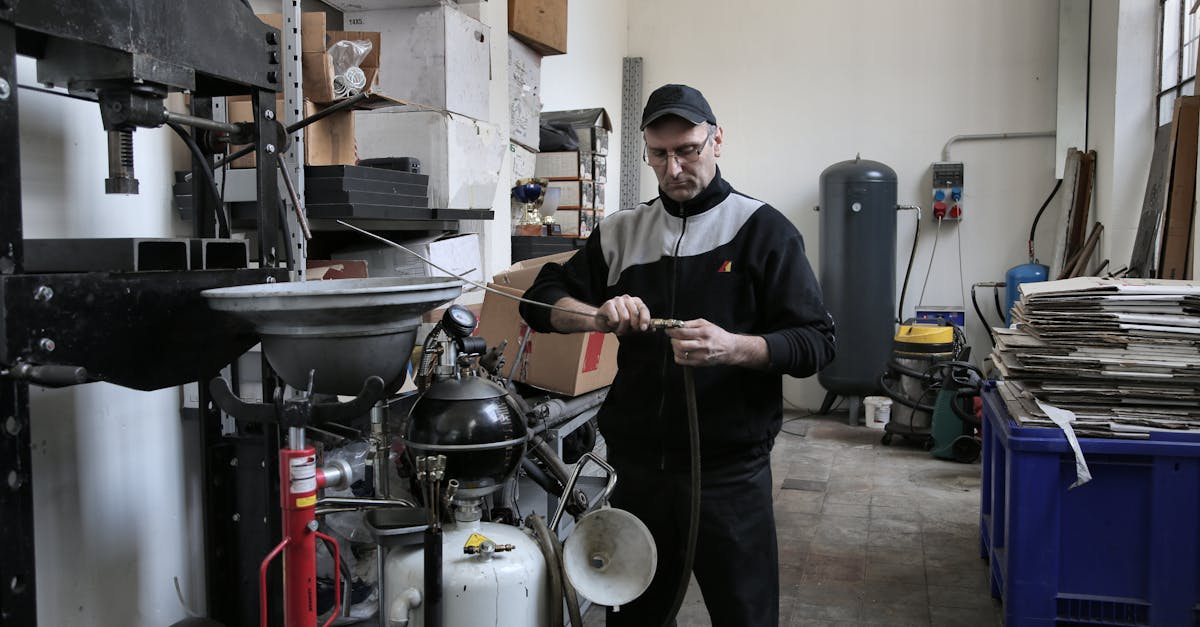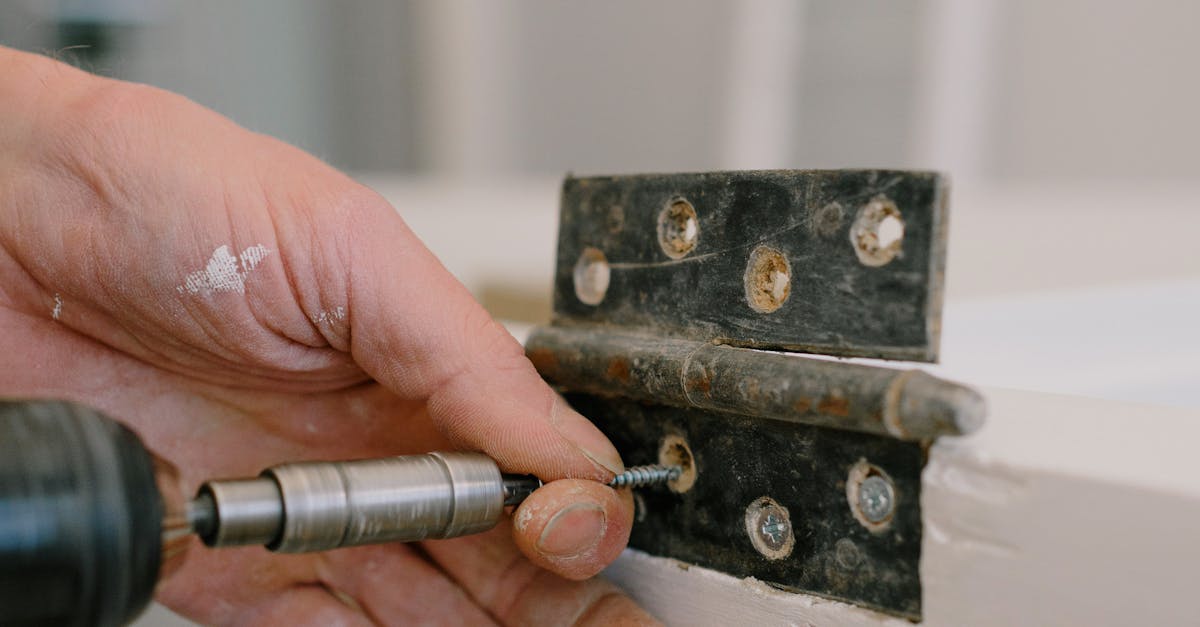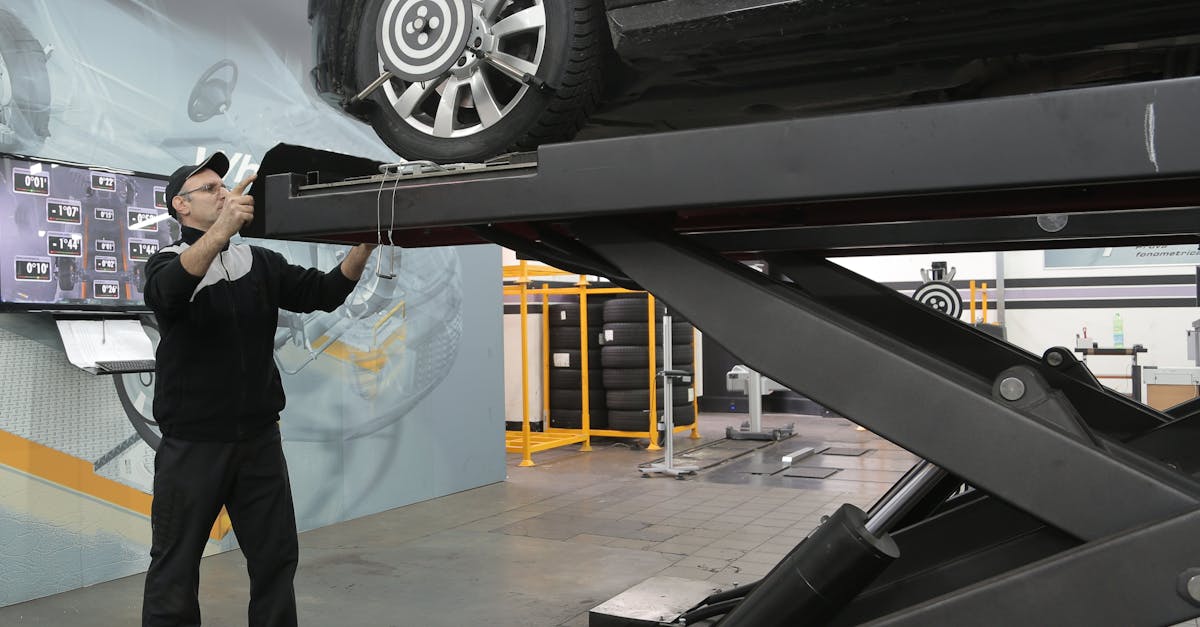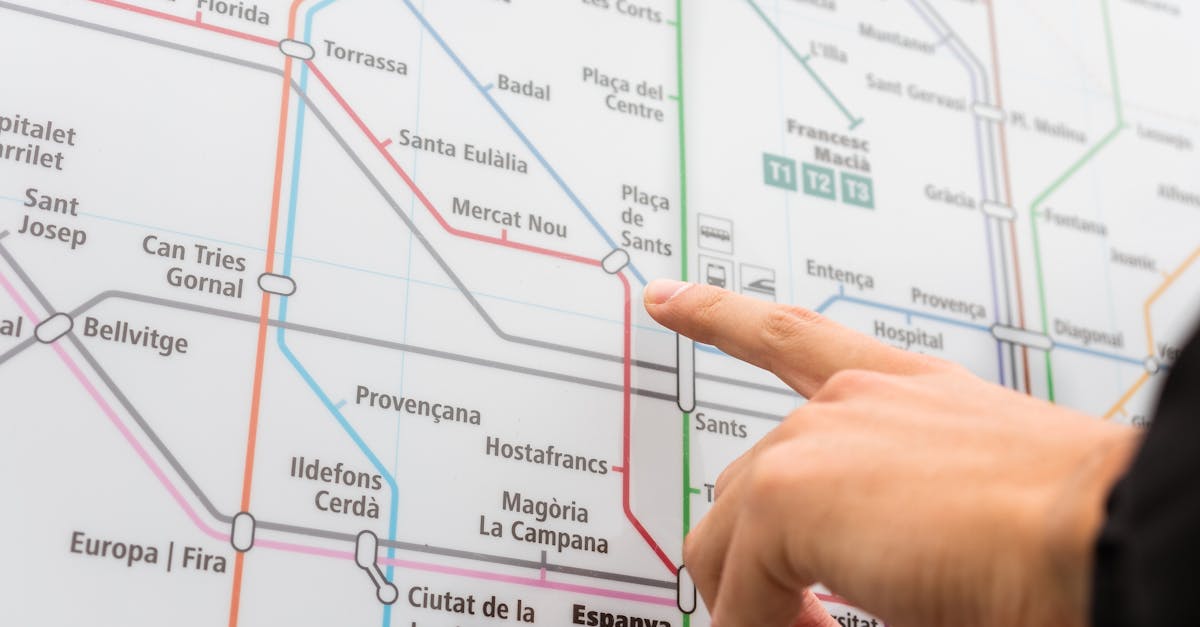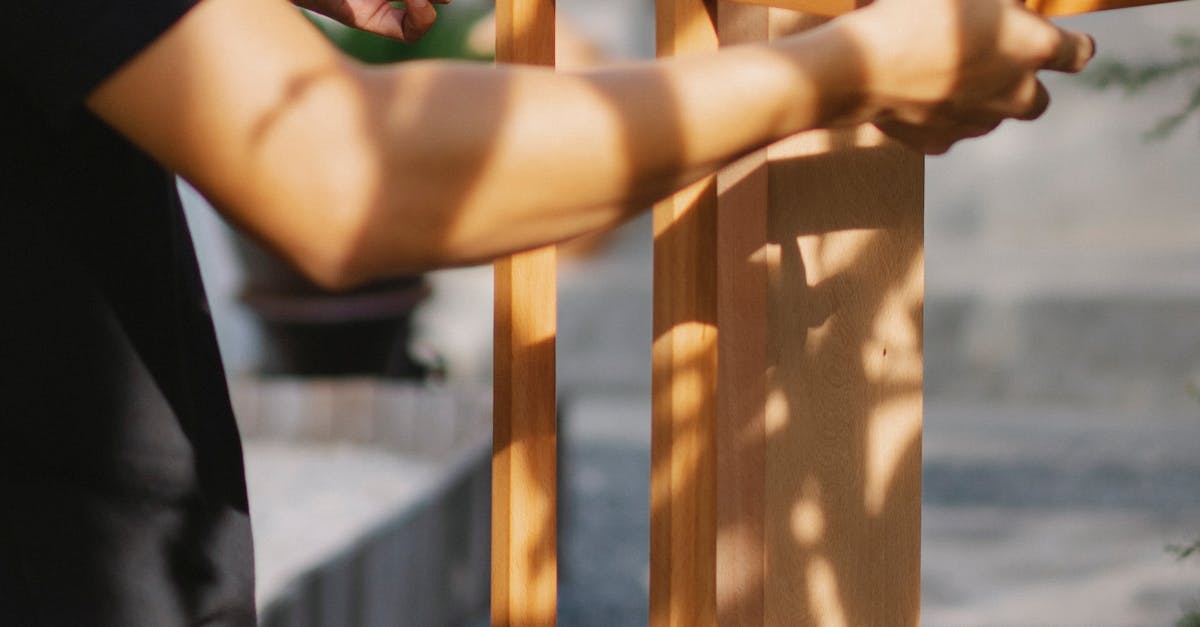
Table Of Contents
Risk of Incomplete Pipe Rehabilitation
Pipe relining offers an efficient method for rehabilitating existing plumbing systems. However, one inherent risk is the possibility of incomplete pipe rehabilitation. If the original pipe is heavily damaged or has multiple fractures, the relining process may not adequately address these issues, potentially leaving sections untreated. This inadequacy can lead to ongoing problems such as leaks or structural failures, reducing the overall effectiveness of the relining project.
Sewer line installation and repair can become complicated in instances where relining does not fully take hold. Over time, any residual damage may result in further obstructions or deterioration within the pipe. Homeowners may face recurring issues that necessitate additional repairs or even complete replacement, counteracting the initial benefits of the relining process. As a result, ensuring comprehensive evaluation and treatment of the pipe is essential to achieving lasting results.
Issues with Unresolved Blockages
While pipe relining can effectively restore the structural integrity of damaged pipes, unresolved blockages can pose significant challenges. If blockages are not adequately addressed before the relining process, they may remain trapped within the newly installed lining. This can lead to ongoing drainage issues and even potential failures in the relined pipe. Once the relining is complete, accessing these blockages becomes more complicated, creating a situation where a homeowner may need to resort to invasive measures for removal.
Moreover, problems arising from unresolved blockages can escalate into more severe plumbing issues over time. Regular maintenance checks are essential to mitigate these risks, but the initial oversight can result in costly repairs down the line. Sewer line installation and repair serve as crucial reminders of the importance of thorough inspection and cleaning before undertaking relining. Without proper preparation, the benefits of relining might be severely undermined.
Environmental Considerations
Pipe relining involves the use of various chemicals and materials that can have environmental implications. Many of the resins used in the relining process contain solvents and additives that may be harmful if not disposed of properly. This raises concerns about the potential for these substances to contaminate soil and water sources if leaks occur or if waste is mishandled. Regulations around the disposal of these materials must be strictly adhered to ensure minimal impact on the environment, making it vital for companies involved in sewer line installation and repair to manage waste responsibly.
Moreover, the installation process can create a carbon footprint due to the transportation of materials and equipment. Heavy machinery is often required to facilitate the relining, which further contributes to greenhouse gas emissions. While pipe relining can be less disruptive than traditional replacement methods, the environmental costs associated with material usage and machinery operation should not be overlooked. The pursuit of more eco-friendly practices within sewer line installation and repair is essential for balancing efficacy with environmental stewardship.
Waste and Chemical Use
The pipe relining process often involves the use of various chemicals, which can raise concerns about safety and environmental impact. These substances are applied during sewer line installation and repair to help facilitate the curing of the lining materials. While effective, the disposal and management of leftover chemicals must be handled with care to prevent potential contamination of soil and waterways.
Additionally, the requirement for chemical use can lead to a reliance on hazardous materials that may pose risks to both workers and the surrounding community. This reliance may deter some homeowners and businesses from opting for relining, as the long-term implications of chemical exposure remain a significant concern. A thorough assessment of the chemicals involved in the relining process is necessary to ensure overall safety and minimise environmental harm.
Accessibility Challenges
Accessibility challenges can significantly impact the effectiveness of pipe relining projects. When sewer line installation and repair are required in hard-to-reach areas, the process becomes more complicated. Difficult terrains or obstructed spaces may hinder access to the pipes, making it challenging for technicians to evaluate the situation thoroughly. This limited accessibility can lead to incomplete assessments of the pipe's condition, which in turn may affect the outcome of the relining process.
Moreover, the equipment used for relining can be cumbersome in restrictive environments. The need for specialized machinery often arises, which can further complicate the logistics related to the job site. If proper access isn’t available, it may lead to increased labour costs and extended project timelines. In many cases, ensuring adequate access for sewer line installation and repair can become a considerable hurdle, impacting both the efficiency and the overall success of the relining efforts.
Limitations in HardtoReach Areas
Pipe relining often faces significant challenges when it comes to hard-to-reach areas. The accessibility of certain locations can hinder the effectiveness of the relining process. If a pipe is situated beneath a concrete slab or in a densely populated urban environment, it becomes increasingly difficult to access for necessary inspections or repairs. The limitations posed by these locations can complicate the sewer line installation and repair, leading to increased costs and duration of the project.
Furthermore, these accessibility issues can limit the methods that can be employed during relining. In areas where conventional excavation is not viable, technicians may rely on advanced techniques which can be more expensive and may not always guarantee optimal results. Repairing or relining pipes in challenging locations often requires specialised equipment which may not be readily available, potentially causing delays in service.
FAQS
What are the main disadvantages of pipe relining?
The main disadvantages include the risk of incomplete pipe rehabilitation, issues with unresolved blockages, environmental concerns regarding waste and chemical use, and accessibility challenges in hard-to-reach areas.
Can pipe relining completely solve all plumbing issues?
No, pipe relining may not address all plumbing issues, especially if there are existing blockages that have not been resolved prior to the relining process.
How does pipe relining affect the environment?
Pipe relining can have environmental implications due to the use of chemicals and the creation of waste materials during the process, which may not be environmentally friendly.
Are there limitations to where pipe relining can be performed?
Yes, pipe relining can be challenging in hard-to-reach areas, such as deep underground pipes or those with complex configurations, which can limit its effectiveness.
Is pipe relining a permanent solution for damaged pipes?
While pipe relining can provide a long-lasting solution, it is not necessarily permanent; factors such as ongoing maintenance and environmental conditions can affect the longevity of the relined pipes.
